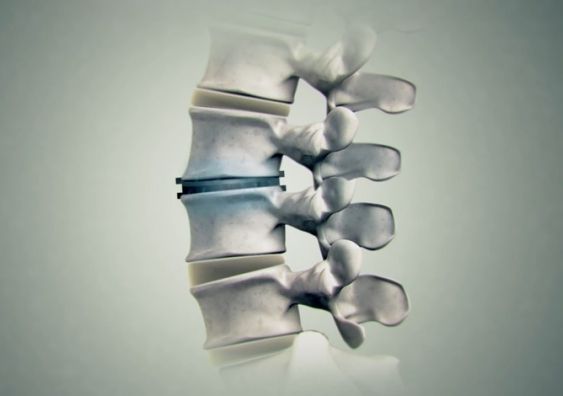Page 11506
Apr 7, 2016
Samsung patents smart contact lenses with a built-in camera
Posted by Shailesh Prasad in category: electronics
Samsung has been granted a patent for smart contact lenses with a built-in camera that activates when you blink.
Apr 7, 2016
World’s Brightest X-Ray Laser Set to Get 10,000 Times Brighter
Posted by Dan Kummer in category: futurism
The world’s brightest X-ray laser is getting a second beam that is 10,000 times brighter than the first one and fires 8,000 times faster.
Apr 7, 2016
A stem-cell repair system that can regenerate any kind of human tissue
Posted by Montie Adkins in categories: biotech/medical, life extension

Stem cells, human trials, regenerative medicine, yay!

Continue reading “A stem-cell repair system that can regenerate any kind of human tissue” »
Apr 6, 2016
Long-distance transport of electron spins for spin-based logic devices
Posted by Karen Hurst in categories: computing, quantum physics
Almost all electronic devices operate by using an electron charge controlled by electrical means. In addition to a charge, an electron has a spin as a magnetic property. A groundbreaking concept for information processing based on electron spins is proposed using electron spins in semiconductors. Quantum computing enables us to exceed the speed of conventional computing and a spin transistor reduces energy consumption.
However, electron spins have yet to be used in realistic electronic devices except as part of magnetic devices for information storage. The reason is that spin polarization in a semiconductor is easily randomized, and consequently, it is difficult to transport spin polarization over a long distance.
An electron spin itself is a quantum spin angular momentum. Electrical transport and the manipulation of spin polarization are essential technologies if electron spins are to be employed in a device.
Apr 6, 2016
‘Honeycomb’ of nanotubes could boost genetic engineering
Posted by Karen Hurst in categories: bioengineering, biotech/medical, genetics, nanotechnology
Nice
Researchers have developed a new and highly efficient method for gene transfer. The technique, which involves culturing and transfecting cells with genetic material on an array of carbon nanotubes, appears to overcome the limitations of other gene editing technologies.
The device, which is described in a study published today in the journal Small, is the product of a collaboration between researchers at the University of Rochester Medical Center (URMC) and the Rochester Institute of Technology (RIT).
Continue reading “‘Honeycomb’ of nanotubes could boost genetic engineering” »
Apr 6, 2016
Crumpling approach enhances photodetectors’ light responsivity
Posted by Karen Hurst in categories: biotech/medical, computing, engineering, particle physics, wearables
HUGE deal for wearables and biomed technologies.
Researchers from the University of Illinois at Urbana-Champaign have demonstrated a new approach to modifying the light absorption and stretchability of atomically thin two-dimensional (2D) materials by surface topographic engineering using only mechanical strain. The highly flexible system has future potential for wearable technology and integrated biomedical optical sensing technology when combined with flexible light-emitting diodes.
“Increasing graphene’s low light absorption in visible range is an important prerequisite for its broad potential applications in photonics and sensing,” explained SungWoo Nam, an assistant professor of mechanical science and engineering at Illinois. “This is the very first stretchable photodetector based exclusively on graphene with strain-tunable photoresponsivity and wavelength selectivity.”
Continue reading “Crumpling approach enhances photodetectors’ light responsivity” »
Apr 6, 2016
Canadians to develop space mining tool
Posted by Karen Hurst in categories: innovation, space
Could benefit China and their own efforts in 2017.
Deltion Innovations aims to design a drill that would prospect for water, ice and resources on the moon and beyond.
Apr 6, 2016
Mining Dams Grow to Colossal Heights, and So Do the Risks
Posted by Karen Hurst in category: space
We have China in 2017 wanting to mine the dark side of the moon hoping to find Gold. We have others wanting to mine Mars. With the mining lessons over the centuries and the damage it has created over time; is anyone else concern how mining the moon could impact our planet and space itself?
Engineers say Brazilian disaster shows world-wide danger from Hoover Dam-size earthen structures holding ‘tailings’ waste
By.
Paul Kiernan.
MARIANA, Brazil—Half an hour’s drive from this colonial town in southeast Brazil, trees suddenly give way to what looks like a desert salt flat. It is a 2-mile-wide valley filled with mine waste.
Continue reading “Mining Dams Grow to Colossal Heights, and So Do the Risks” »

















